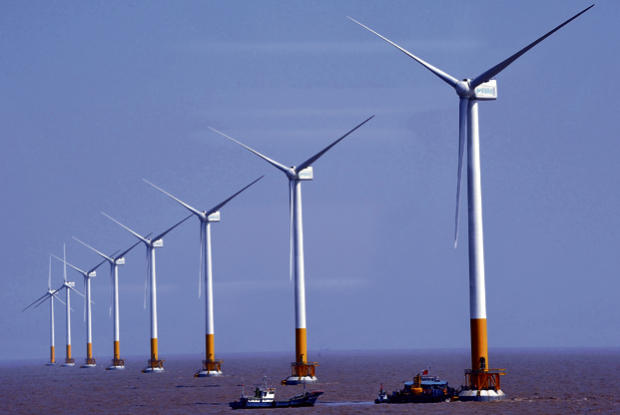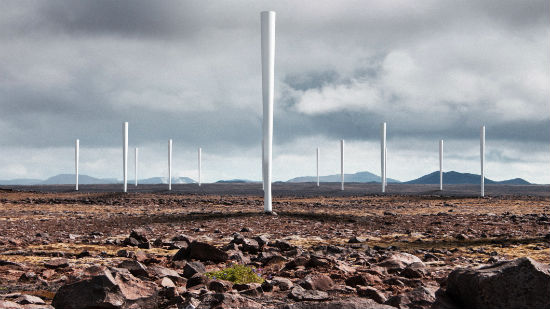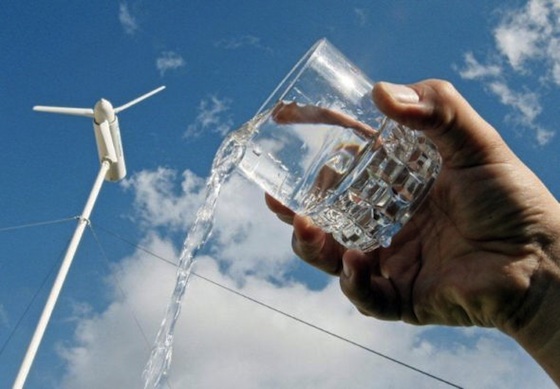
Like a competition between giants, these two ones, China and US, are trying to prove us and prove themselves which one is the best and which one is the fastest. You’ll never know what the right attitude this case is but the finality should be good for environment and probably this is one of the best achievements.
The first offshore wind farm in the United States situated in Cape Wind on the coast of Massachusetts received approval from the Obama administration in April, after nearly a long permitting path decade. The project still faces potential regulatory and judicial obstacles and U.S. Interior Secretary Ken Salazar, prior to announcing the creation in June of the Atlantic Offshore Wind Energy Consortium, said that it takes 7 to 9 years for an offshore wind project to obtain approval in the United States.
On the opposite part in China which recently overtook Germany as the second largest wind power developer after the United States, offshore offers a huge potential. As Barbara Finamore, the director of the Natural Resources Defense Council’s Beijing office, told Scientific American: “China has the largest wind resources in the world, and three-quarters of them are offshore”.
China has an estimated offshore wind power potential of more than 750 gigawatts, far greater than the country’s land-based wind potential of 253 gigawatts.
Chinese energy companies are expected to submit bids for four offshore wind power projects with a total installed capacity of 1,000 megawatts, representing a combined investment of $3.06 billion, China Daily reports.
The proposed projects follow on the heels of the 102-megawatt, $337 million Donghai Bridge Wind Farm, China’s first major offshore initiative, which began transmitting power to the national grid in July. The project consists of 34 turbines, each with a 3-megawatt capacity.
“Construction of offshore wind power projects will be one focus of China’s wind power industry in the future. As the country boasts rich offshore wind energy resources, China has great potential in this field,” Shi Lishan, deputy director of the new energy department under the National Energy Administration told China Daily.
Most of China’s proposed farms would be inter-tidal — in which the base of the turbine is covered at high tide and uncovered at low tide — as is Donghai Bridge Wind Farm in the East China Sea near Shanghai.
Proposed offshore wind farms in Europe, by contrast, are planned mostly in deep water, about 164 feet deep.
While Donghai’s capacity is now equivalent to just 1 percent of Shanghai’s total power production of about 18,200 megawatts, it is expected to eventually generate 267 million kilowatt-hours of electricity annually, enough to power 200,000 households in the city, The New York Times reports.
Even there are working different speeds, both countries will develop offshore wind farm projects and the gain will be positive. The conclusion is very simple: competition is good and will lead it to the progress.




I saw this page bookmarked and really liked it. I will surely bookmark it as well and also check your other posts tomorrow.
I take pleasure in studying these articles as aid me with the flash or shockwave game developing that I do very alot of, it is a dissapointment all the rubbish comments these web sites are starting to get although, they really should fix this.